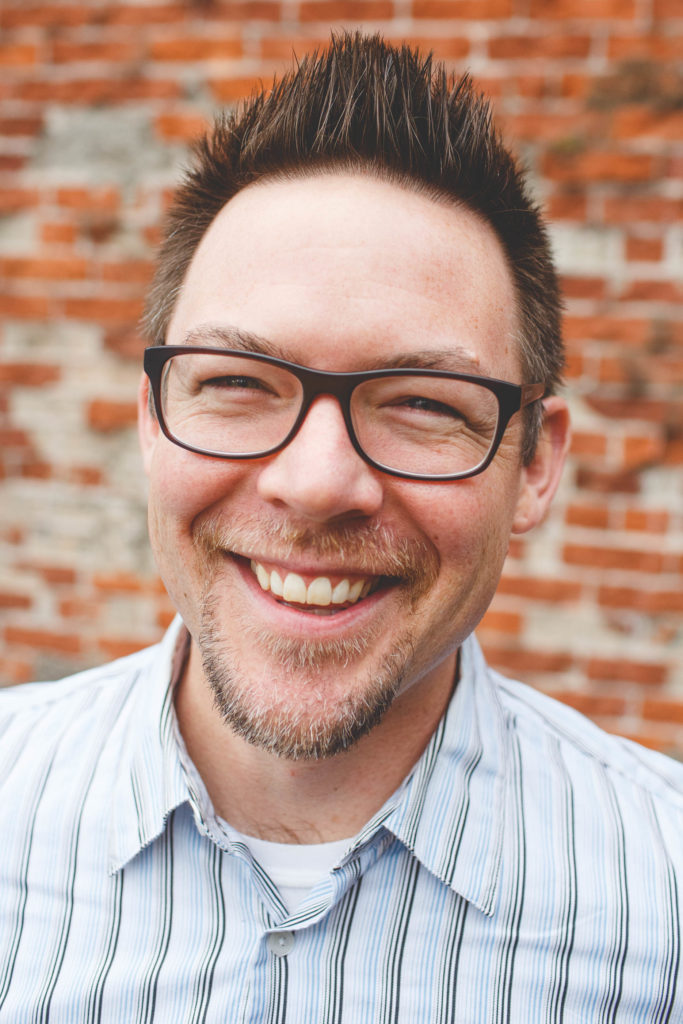
This is the fourth and last post in a series of blog posts titled The Emotionally Healthy Youth Worker by veteran youth worker and therapist Jason Wilkinson. Click the link to find the first, second, and third postings.
It happens to too many of us. We tell ourselves false messages about who we are. And it messes with our mental and emotional health, impacts our home life, and weakens our ministry. Scripture is filled with examples of names being changed to provide a new message of a person’s identity. Abraham, Sarah, Israel, Peter and Paul all received new names, and the manner in which they viewed their own lives were transformed. My hope and prayer from this series has been to help you discover tools to own the true message of identity that God has for you.
This post is going to help you a ton in your emotional health, and it is very simple. But it also isn’t going to do you much good unless you’ve done the work from the three previous posts, so make sure you’ve done that first.
Created by Dr. Terry Hargrave, we are going us an exercise called “The Four Steps.” It’s called that because there are only four steps. This exercise will help move you from your pain cycle into your peace cycle. As we go through each step of this exercise, I want you to say these things out loud and get your body involved by taking a physical step (really!). Research shows there is a great benefit when activating as much of your brain as possible change to create personal change. Okay, the steps are:
Step #1 — Say How You Feel
Step #2 — Say How You Typically Cope with that Feeling
Step #3 — Say What is True
Step #4 — Say What You Want to Do in Light of that Truth
So, let’s make a hypothetical to give us an idea of what this could look like:
Step #1: I feel like I don’t measure up, and…
Step #2: I typically cope by getting anxious and withdrawing.
Step #3: But the truth is that I am enough because God created me and celebrates over me,
Step #4: So now I will take three deep breaths, find rest in God’s goodness, and go spend time with friends.
Pull out your work from the previous blog posts and do this exercise three times right now. Take note of how you feel before performing The Four Steps, and how you feel after. Make sure the pain and truth resonate with you and fits. Again, you do not have to be “activated” to practice these steps. But when you are in your pain cycle, these “Four Steps” will help you break out of it and enter into your peace cycle.
Are you interested in working through some of this with your group of high school or young adults? If so, take a look at Communication & Conflict module from the Relationship IQ Curriculum created by the Boone Center for Family at Pepperdine University.
I’d love to hear about how this technique has been helpful and celebrate with you. You don’t have to reveal any details, but feel free to leave a comment or send me an email at [email protected].

Jason Wilkinson lives with his wife and two kids in Portland, Oregon. After 18+ years of leading in various student ministry roles, Jason recently transitioned into the profession of mental health therapy where he runs Wellspace Counseling, a private counseling practice in Tualatin. You can read more about Jason at wellspacepdx.com or contact him at [email protected].
Leave A Comment